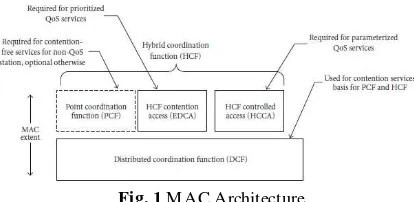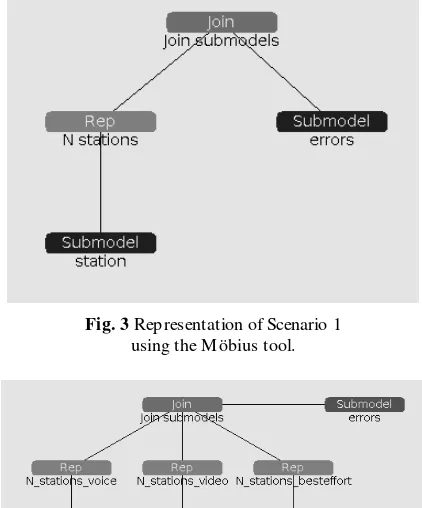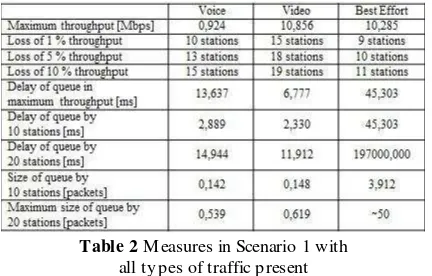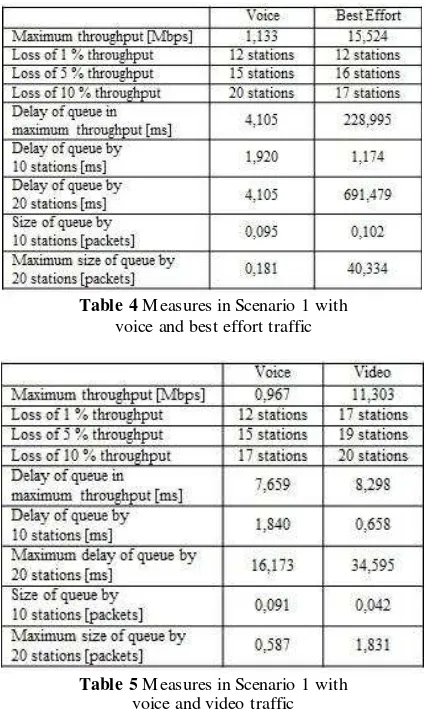Throughput quantitative analysis of EDCA 802.11e in different scenarios
Texto completo
Figure




Documento similar
Bioaccessibility of Ca, Mg and Zn in Brazilian cheeses after the different phases of the dynamic model of in vitro digestion. Different superscripts in the
The study is based on a dual quantitative methodology (panel data analysis + Granger causality) and analyzes the valuations of 30 selected protocols representing three different
Few papers are available in the literature or research studies that use Stochastic Petri Nets (SPNs) [9] as a modelling formalism for analysing IEEE 802.11 2013 IEEE
It is, however, not possible to dissociate the quantitative aspects of the problem (increase in youth un~mployment) from its qualitative aspects. The matching of
Our quantitative analysis, then, could be summarised by saying that the differences observed in the frequency of use of connectives between translations and
This study opted for a quantitative methodology and in particular for content analysis to carry out the systematic examination of the number of videos published on the home page
quantitative and qualitative techniques, only the data of the quantitative analysis is presented to predict the variable dependence on Internet and conceptual
This chapter presents the findings from the quantitative data analysis for the three research questions leading the study. First, it presents the results of the MC and recall


